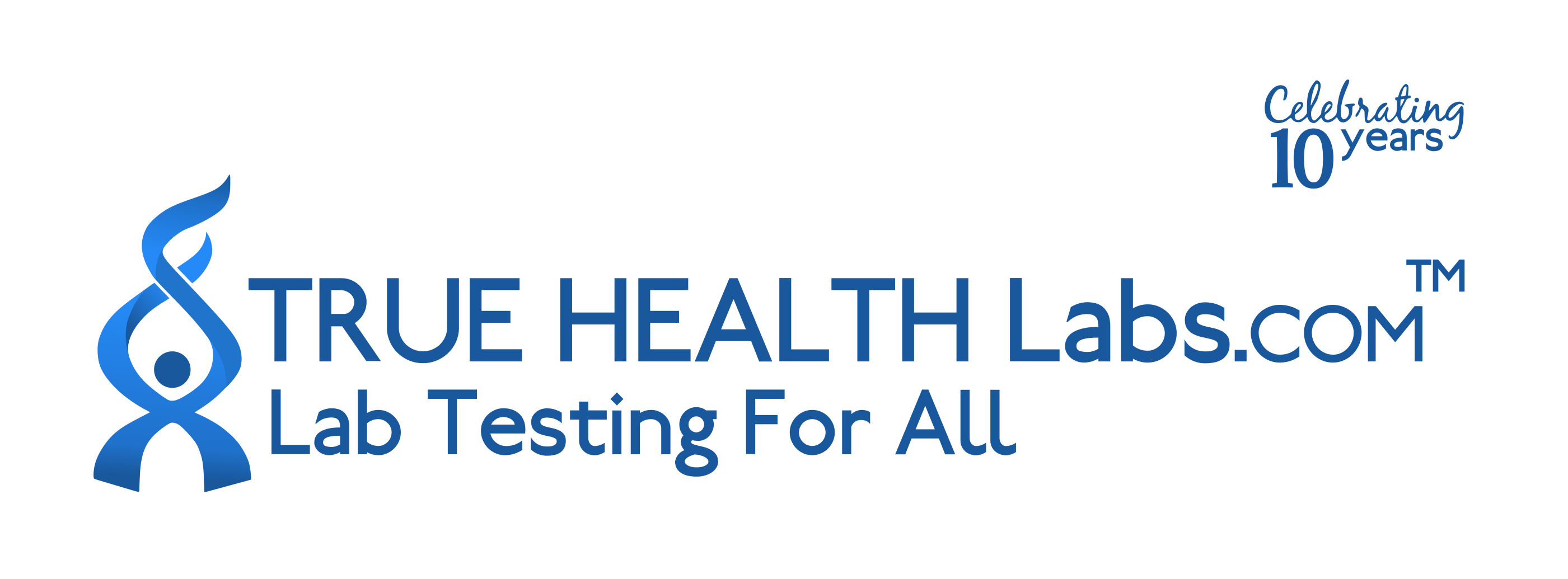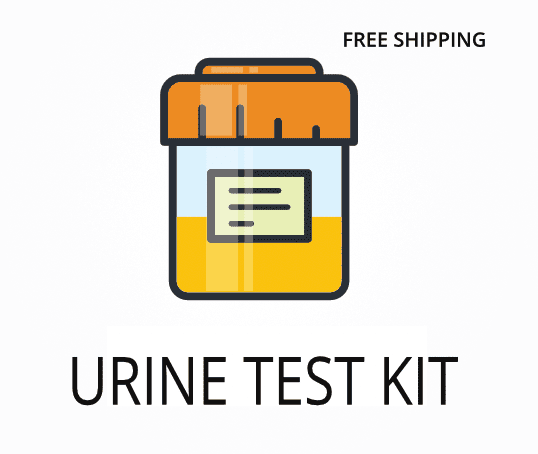Ordering the GPL-TOX | Toxic Non-Metal Chemical Profile
Ordering the GPL-TOX | Toxic Non-Metal Chemical Profile helps identify exposure to a wide range of non-metal environmental chemicals that may build up in the body over time. This test is designed to detect specific markers in urine that can show if someone has been exposed to substances like pesticides, plastics, and solvents, which are often found in everyday environments. Interestingly, some of these chemicals can be stored in the body for years before causing noticeable symptoms, making early detection useful for targeted interventions.
When ordering this test, you gain access to detailed information about your exposure to non-metal toxins, which can help guide next steps for reducing chemical burden. Benefits of ordering include:
- Pinpointing specific non-metal chemical exposures, such as phthalates and organophosphates
- Tracking the effectiveness of detoxification or avoidance strategies over time
- Supporting the investigation of unexplained symptoms like fatigue, headaches, or memory issues
- Providing data to help your healthcare provider recommend targeted lifestyle or environmental changes
- Offering a non-invasive, at-home urine collection process for convenience
Who Should Consider Non-Metal Chemical Exposure Testing
People who have ongoing symptoms like brain fog, unexplained tiredness, or skin rashes, especially after moving to a new home or starting a new job, may benefit from this test. For example, someone who recently renovated their home and now experiences frequent headaches and trouble sleeping could use this test to check for chemical exposure from building materials.
Ordering may also be helpful in these situations:
- Persistent joint pain or muscle weakness without a clear cause
- Difficulty concentrating or sudden mood swings after using new cleaning products
- Chronic dizziness or nausea following pesticide application in the neighborhood
- Unexplained hormone changes after starting a new personal care routine
- Someone who works in an office with new carpeting and develops ongoing sinus issues, as certain chemicals in carpets can be detected by this test
Testing for non-metal chemical exposure can help identify hidden sources of symptoms, allowing for specific changes to reduce or remove the chemicals from your environment. Delaying this test may allow chemical buildup to continue, which could make symptoms harder to resolve later.
Preparing for Urine Chemical Profile Testing
Fasting is not required for this test, but it is best to collect the first morning urine sample for the most consistent results. Always follow any instructions provided by your doctor or healthcare professional to make sure your sample is collected and shipped correctly.
Labs Included When Ordering Your GPL-TOX | Toxic Non-Metal Chemical Profile
| Test Name | Reference Range | Significance | Low and High Levels of GPL-TOX | Toxic Non-Metal Chemical Profile |
|---|---|---|---|
| 2-Methylhippuric Acid (2MHA) | 0–1,000 | 2MHA is a marker for xylene exposure, a solvent found in paints and cleaning agents. Elevated levels may indicate recent or ongoing contact with xylene. | High levels mean recent or ongoing xylene exposure.
Low levels mean minimal or no xylene exposure detected. |
| 3-Methylhippuric Acid (3MHA) | 0–1,000 | 3MHA is another xylene metabolite, helping to confirm exposure to this solvent. It is often used to assess workplace or environmental contact. | High levels mean significant xylene exposure.
Low levels mean little or no xylene exposure. |
| 4-Methylhippuric Acid (4MHA) | 0–1,000 | 4MHA is also linked to xylene exposure, especially the para isomer. It helps provide a complete picture of xylene contact. | High levels mean exposure to para-xylene.
Low levels mean little or no para-xylene exposure. |
| N-Acetyl Phenyl Cysteine (NAP) | 0–100 | NAP is a breakdown product of styrene, a chemical used in plastics and resins. It can indicate exposure from packaging or building materials. | High levels mean recent styrene exposure.
Low levels mean little or no styrene exposure. |
| Phenylglyoxylic Acid (PGO) | 0–100 | PGO is another marker for styrene exposure. It helps confirm the presence of this chemical in the body. | High levels mean significant styrene exposure.
Low levels mean minimal or no styrene exposure. |
| 2-Hydroxyisobutyric Acid (2HIB) | 0–500 | 2HIB is a marker for gasoline additives and certain plastics. It can show exposure to fuel vapors or plasticizers. | High levels mean exposure to gasoline additives or plasticizers.
Low levels mean little or no exposure to these chemicals. |
| Monoethyl Phthalate (MEP) | 0–1,000 | MEP is a breakdown product of phthalates, which are used in plastics and personal care products. It helps assess exposure to these common chemicals. | High levels mean recent phthalate exposure.
Low levels mean minimal or no phthalate exposure. |
| Dimethylphosphate (DMP) | 0–100 | DMP is a marker for organophosphate pesticide exposure. It is often found in people who have contact with treated produce or live near agricultural areas. | High levels mean organophosphate pesticide exposure.
Low levels mean little or no exposure to these pesticides. |
| Diethylphosphate (DEP) | 0–100 | DEP is another organophosphate pesticide marker. It helps confirm exposure to this group of chemicals. | High levels mean significant organophosphate exposure.
Low levels mean minimal or no exposure to these pesticides. |
| 3-Phenoxybenzoic Acid (3PBA) | 0–100 | 3PBA is a marker for pyrethroid pesticide exposure, which is common in household insecticides. It can help identify contact with these chemicals. | High levels mean recent pyrethroid exposure.
Low levels mean little or no pyrethroid exposure. |
| 2,4-Dichlorophenoxyacetic Acid (2,4-D) | 0–10 | 2,4-D is a marker for exposure to a common herbicide used in lawn care and agriculture. It can show if someone has come into contact with treated areas. | High levels mean recent herbicide exposure.
Low levels mean little or no herbicide exposure. |
| Tiglylglycine (TG) | 0–10 | TG is a marker for mitochondrial function and can be affected by certain toxins. It helps assess how chemicals may be impacting energy production in the body. | High levels mean possible mitochondrial stress or dysfunction.
Low levels mean normal mitochondrial function or low toxin impact. |
| N-Acetyl (Carbomethyl) Cysteine (NAE) | 0–100 | NAE is a marker for acrylamide exposure, a chemical found in some foods and industrial processes. It helps identify contact with this potential toxin. | High levels mean acrylamide exposure.
Low levels mean little or no acrylamide exposure. |
| Diphenyl Phosphate | 0–100 | This marker shows exposure to flame retardants used in furniture and electronics. It can help identify hidden sources of chemical exposure in the home or workplace. | High levels mean recent flame retardant exposure.
Low levels mean minimal or no exposure to flame retardants. |
| Perchlorate | 0–10 | Perchlorate is found in some fertilizers and explosives. It can affect thyroid function, so this marker helps assess environmental exposure. | High levels mean perchlorate exposure, which may impact thyroid function.
Low levels mean little or no perchlorate exposure. |
| N-Acetyl (3,4-Dihydroxybutyl) Cysteine (NABD) | 0–100 | NABD is a marker for exposure to certain solvents and chemicals used in industry. It helps identify less common sources of chemical contact. | High levels mean exposure to specific industrial solvents.
Low levels mean little or no exposure to these chemicals. |
| N-Acetyl (2,Hydroxypropl) Cysteine (NAHP) | 0–100 | NAHP is a marker for exposure to certain plasticizers and solvents. It can help track contact with these chemicals in consumer products. | High levels mean recent exposure to plasticizers or solvents.
Low levels mean minimal or no exposure to these chemicals. |
| N-Acetyl (Propyl) Cysteine (NAPR) | 0–100 | NAPR is another marker for solvent exposure, especially from industrial or cleaning products. It helps confirm contact with these substances. | High levels mean recent solvent exposure.
Low levels mean little or no solvent exposure. |
| 2-Hydroxyethyl Mercapturic Acid (HEMA) | 0–100 | HEMA is a marker for exposure to ethylene oxide, a chemical used in sterilization and manufacturing. It can help identify contact with this compound. | High levels mean ethylene oxide exposure.
Low levels mean minimal or no ethylene oxide exposure. |
| N-Acetyl (2-Cyanoethyl) Cysteine (NACE) | 0–100 | NACE is a marker for acrylonitrile exposure, a chemical found in plastics and synthetic rubber. It helps track contact with these materials. | High levels mean acrylonitrile exposure.
Low levels mean little or no acrylonitrile exposure. |
| N-acetyl-S-(3-hydroxypropyl)-L-cysteine (3-HPMA) | 0–100 | 3-HPMA is a marker for acrolein exposure, a chemical found in cigarette smoke and industrial emissions. It helps identify contact with this toxin. | High levels mean acrolein exposure.
Low levels mean minimal or no acrolein exposure. |
Reference ranges may change slightly as labs update their methods or as new research becomes available.
GPL-TOX | Toxic Non-Metal Chemical Profile FAQ
Is there GPL-TOX | Toxic Non-Metal Chemical Profile testing near me?
This is a home test kit that you can collect locally, and you can check the draw location link at the top of the page for more details. For people with ongoing symptoms like fatigue or headaches, having a convenient collection option means you can get tested without extra travel or waiting, making it easier to address possible chemical exposure.
How do I interpret the test results?
While your treating physician should review your results, we also offer a one-on-one test results review with our clinical team to help you understand your report and next steps.
What is the cost of the test?
The price for this test includes standard shipping to you and return shipping to the lab, but draw fees may apply. Ordering this test can help you quickly identify chemical exposures that may be causing symptoms, so you can start making changes sooner.
How often should I retest?
Retesting is usually recommended every 6 to 12 months, especially if you are working to reduce chemical exposure or if your symptoms change. Regular testing helps track progress and ensures that new exposures are detected early.
How accurate is the test?
This test uses advanced liquid chromatography-tandem mass spectrometry (LC-MS/MS) for precise detection of chemical markers, with a specificity of 98% and sensitivity of 97%. TrueHealthLabs.com partners with CLIA-certified and CAP-certified laboratories to uphold rigorous testing standards for dependable results.
Important Notes
- This test can not be collected or mailed from New York State. Contact us with questions.
Medical Review Board
Reviewed by Jeff Donohue M.D. from Body Logic and Brady Hurst DC, CCCN. Written by True Health Lab’s team of editorial health contributors.
Disclaimer: This information is for educational purposes only and not intended as medical advice. Consult your healthcare provider for personalized guidance.
Why Customers Trust True Health Labs - What People are saying
Also rated 4.6 out of 5 based on 3452 ShopperApproved reviews- See all TrueHealthLabs.com reviews.






